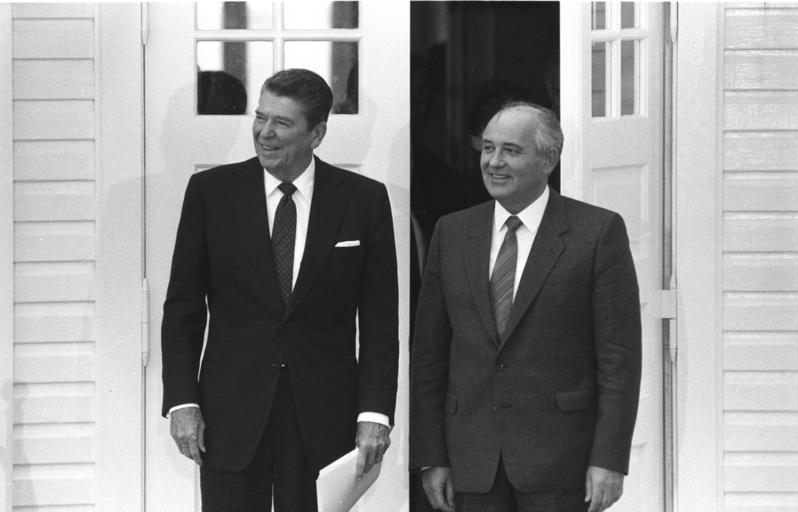Alt-NPR Series #4: The Path to Zero
In September 2018, Global Zero, in collaboration with the Program of Science and Global Security at Princeton University, released an alternative to the Trump Administration’s Nuclear Posture Review (NPR) — “The End of Nuclear Warfighting: Moving to a Deterrence-Only Posture.” Global Zero has a four-part series breaking down the key recommendations of the report and what it means on the path to elimination of all nuclear weapons. The first three discussed nuclear targeting, nuclear force changes and nuclear weapons modernization. This is part four.
Implementing the recommendations laid out in the Alternative U.S. Nuclear Posture Review is a key step toward the ultimate goal of eliminating all nuclear weapons everywhere. While the United States can shift to a deterrence-only strategy independently, it should take a leading role in persuading other nuclear-armed countries to also take steps to advance nuclear disarmament. More immediately, the United States should resume strategic stability talks and cooperation on verifiable nuclear reductions with Russia, and begin a dialogue with all nuclear-armed countries to establish legally-binding commitments to never use nuclear weapons first.

Growing tensions between Russia and the United States and the potential unraveling of landmark arms control agreements threaten prospects for cooperation and increase the risk that nuclear weapons will be used in a conflict. With over 90% of the world’s nuclear stockpile between them, Russia and the United States have a responsibility to come together to advance nuclear arms control and ensure conflict does not escalate to the use of nuclear weapons. Such cooperation is not unprecedented. Historically, both countries have understood the value of engagement in crisis management and reducing the risk of nuclear use.
The U.S. and Russia should focus on rebuilding their security relationship by resuming talks, diplomatically resolving the Intermediate-range Nuclear Forces Treaty dispute and immediately extending New START, which puts verifiable limits on each countries’ nuclear arsenal, beyond its 2021 expiration. They should also begin a new round of bilateral negotiations to de-alert and further reduce their nuclear arsenals to 650 deployed warheads and 450 reserve warheads, in line with the Alt-NPR’s recommended deterrence-only posture.
The United States should also take the lead in starting a dialogue with other nuclear-armed countries on legally-binding commitments not to use nuclear weapons first. Commitments from every nuclear-armed country would reduce the likelihood and potential severity of crises between nuclear-armed powers by reducing the pressure to initiate a nuclear attack. It would also accelerate nuclear disarmament and counter nuclear proliferation by reducing the role of nuclear weapons in national security.

The Alternative U.S. Nuclear Posture Review sets a course for deep reductions and international cooperation toward global zero. As Russia and the United States agree to cut their arsenals down to approximately 1,100 nuclear weapons each, talks should expand to include other nuclear-armed countries. These talks would serve as the precursor to multilateral negotiations for the phased, proportional and verifiable elimination of all nuclear weapons.
A world free of nuclear weapons can happen in our lifetime. Improving political relations enough to get the nuclear disarmament agenda back on track will be a challenge, but it is possible to bring all nuclear-armed states to the table in the interest of their own national security. Doing so is imperative to ending the threat of a cataclysmic nuclear conflict and to eliminating nuclear weapons everywhere.
This post is a modified version of remarks given at the Ploughshares Fund event on November 16, 2018 “The Future of U.S. Nuclear Weapons Policy.” The full presentation can be seen here.